Following up a prior episode on fraud in Alzheimer’s research, I look at what has happened to two of those researchers, talk about my own experience in preventing cheating in classes as well as what academic research was like as an RA (research assistant) in physics, and then look at what current research fraud prevention in the U.S. federal government looks like with some advice for future activities.
Episode Links
Alzheimer’s Research Fraud
Dan Elton post: 20 Oct 2024
Profiles:
Berislav Zlokovic
Number of papers found with suspicious images - “dozens”
Influential papers with fraud - Nature Medicine (2004), Stroke (2013), The Journal of Neuroscience (2013), Frontiers in Neuroscience (2022)
Taxpayer money lost as a result - at least 30 million
Pharma company impacts - ZZ Biotech received 30 million from the NIH to explore drug candidate 3K3A-APC for stroke recovery based on Zlokovic’s work. The drug didn’t work and there were six deaths in the active group compared to one in the placebo group. Suspect papers have been cited in 49 patents by 30 companies, universities, and foundations.
Notes: As explained in Science’s expose, Zlokovic is the top-ranked researcher in the world when it comes to Alzheimer’s and the blood-brain barrier, both in terms of number of papers (25) and number of citations (14,341). Suspect papers affect both the Alzheimer’s and stroke research fields. Two former lab members say that Zlokovic instructed them to make sure their lab notebooks were “clean”, meaning making sure they did not have data and results that challenged their paper’s conclusions.
….
Hoau-Yan Wang
Number of papers found with suspicious images - 20
Influential papers with fraud - The Journal of Neuroscience (2012)
Taxpayer money lost as a result - at least $16 million, probably a lot more.
Pharma company impacts - Cassava Biosciences based their clinical trials of Simufilam off of Wang’s work. Wang served as an advisor to the company.
Notes: The fraudster remains a professor at CUNY, despite CUNY doing a 50 page investigation that found “highly suggestive” evidence that he is culpable for 14/31 allegations. A June 2024 indictment by the Department of Justice states that he also committed fraud on grant applications between 2017 to 2021. The fraudulent applications led to $16 million in grant funding to Wang from the NIH.
Science: Top Alzheimer’s researcher goes ‘on leave’ amid misconduct concerns, 8 Nov 2024
Berislav Zlokovic, a prominent Alzheimer’s disease and stroke researcher who has long headed a major neuroscience institute at the University of Southern California (USC), is now on an indefinite leave of absence, according to a school official. USC declined to clarify a reason for the leave, but Zlokovic has faced scrutiny since a 2023 Science investigation described evidence that he had engaged in scientific misconduct for decades. Science has also learned that a planned $30 million clinical trial of a stroke drug candidate Zlokovic helped develop has been formally called off by its company sponsor, and the National Institutes of Health (NIH) has required that USC return nearly $2 million in funding for the trial.
USC Keck School of Medicine Dean Carolyn Meltzer announced Zlokovic’s leave in a 22 October email to USC faculty, obtained by Science. She named neuroscientist Steve Kay as acting director of the university’s Zilkha Neurogenetic Institute and its Department of Physiology & Neuroscience, both of which Zlokovic previously headed.
According to a USC professor who requested anonymity, Kay has taken over Zlokovic’s laboratory. Zlokovic also stepped down as co-director of USC’s federally funded Alzheimer’s Disease Research Center, according to its website. Zlokovic could not be reached for comment on his leave.
DOJ Press Release: Professor Charged for Operating Multimillion-Dollar Grant Fraud Scheme, 28 June 2024
A federal grand jury in the District of Maryland returned an indictment yesterday charging a Pennsylvania man for defrauding the U.S. National Institutes of Health (NIH) of approximately $16 million in federal grant funds.
According to court documents, Hoau-Yan Wang, 67, was a tenured medical professor at a public university’s medical school, as well as a paid advisor and consultant to a publicly traded Texas biopharmaceutical company. From approximately May 2015 through approximately April 2023, Wang allegedly engaged in a scheme to fabricate and falsify scientific data in grant applications made to the NIH on behalf of himself and the biopharmaceutical company. As alleged, the fraudulent grant applications to the NIH sought funding for scientific research of a potential treatment and diagnostic test for Alzheimer’s disease and resulted in the award of approximately $16 million in grants from approximately 2017 to 2021, part of which funded Wang’s laboratory work and salary.
The indictment alleges that Wang’s work under these grants was related to the early developmental phases of the proposed drug and diagnostic test, typically referred to by the U.S. Food and Drug Administration as Phase 1 and Phase 2. Wang’s alleged scientific data falsification in the NIH grant applications related to how the proposed drug and diagnostic test were intended to work and the improvement of certain indicators associated with Alzheimer’s disease after treatment with the proposed drug.
Wang is charged with one count of major fraud against the United States, two counts of wire fraud, and one count of false statements. If convicted, he faces a maximum penalty of 10 years in prison for the count of major fraud, 20 years in prison for each count of wire fraud, and five years in prison for the count of false statements.
NSF OIG
Most recent report: Semiannual Report to Congress, October 1, 2023 – March 31, 2024
NSF OIG page on Research Misconduct
Research Misconduct by the Numbers
Jeremy Fox: What I learned about scientific misconduct from reading the NSF OIG’s semiannual reports, 17 Mar 2021
The National Science Foundation’s Office of the Inspector General (NSF OIG) investigates misuse of NSF funds by individuals and organizations that receive awards from or conduct business with NSF. That includes, but isn’t limited to, researchers who commit scientific misconduct in the course of NSF-funded research. The OIG reports on its activities to Congress every 6 months. The reports are public, you can read them online. As part of my ongoing efforts to educate myself about scientific misconduct, I skimmed the five most recent OIG reports. Here’s what I learned. [MPC: I am shortening this to the first sentence of each bullet, except the third, so you have the link]
Misspending and fraud detected by NSF OIG amounts to something like ~0.1% of the NSF budget.
Most of the misspending and fraud detected by NSF OIG does not involve scientific misconduct.
The large majority of allegations of scientific misconduct to OIG involve plagiarism. This semi-annual report includes helpful tables (Tables 3-5) breaking down all allegations of scientific misconduct received, and investigated, by OIG from 2010-2019, and how those investigations were resolved.
Scientific misconduct allegations to OIG have dropped a lot since 2013.
OIG finds scientific misconduct in ~24% of the allegations it investigates.
As allegations of scientific misconduct to OIG have dropped, a greater fraction of allegations have been substantiated.
There’s some terrible scientific misconduct out there, and some bizarre excuses for it (even if it doesn’t cost NSF much money in the grand scheme of things).
Prior Episode:
Research fraud, Alzheimer's, and Mortality trends
“My” peer-reviewed paper:
(The one I could find — the other one is a summary version, I think.)
High strain rate fracture and C-chain unraveling in carbon nanotubes
B.I. Yakobson, M.P. Campbell, C.J. Brabec, J. Bernholc
Computational Materials Science
Volume 8, Issue 4, September 1997, Pages 341-348
Abstract
Nanotube behavior at high rate tensile strain (~ 1 MHz) is studied by molecular dynamics using a realistic many-body interatomic potential. The simulations performed for single- and double-walled nanotubes of different helicities, and at different temperatures, show that nanotubes have an extremely large breaking strain. It decreases somewhat with increasing temperature and smaller strain rate, while the influence of helicity is very weak. At later stages of fracture, the nanotube fragments are connected by a set of unraveling monoatomic chains. The chains ‘compete’ with each other for carbon atoms popping out of the original tube segments. The interaction between chains eventually leads to a single chain, which grows up to hundreds of atoms in length before its breakage.


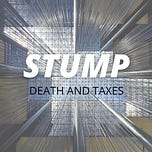


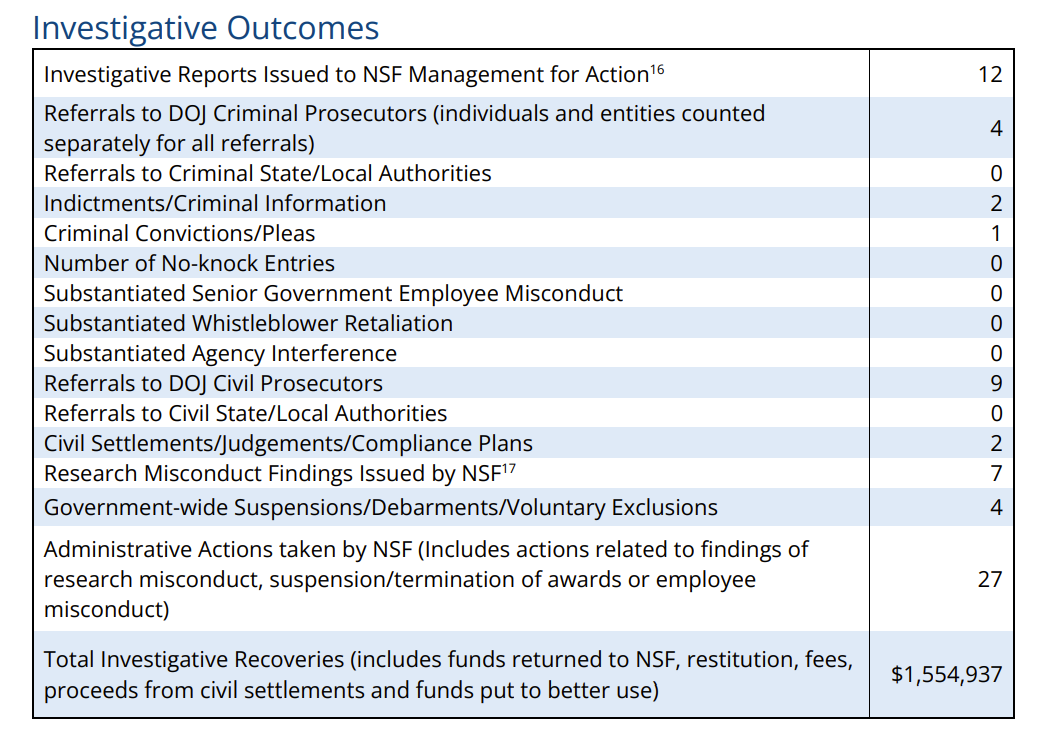
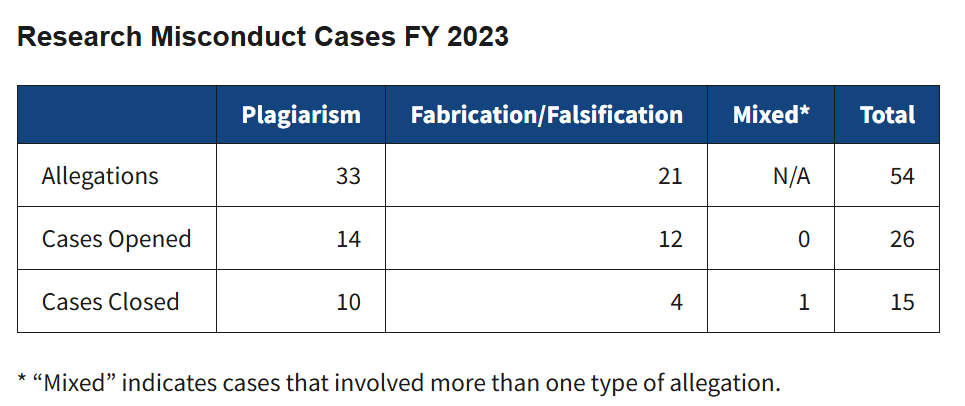
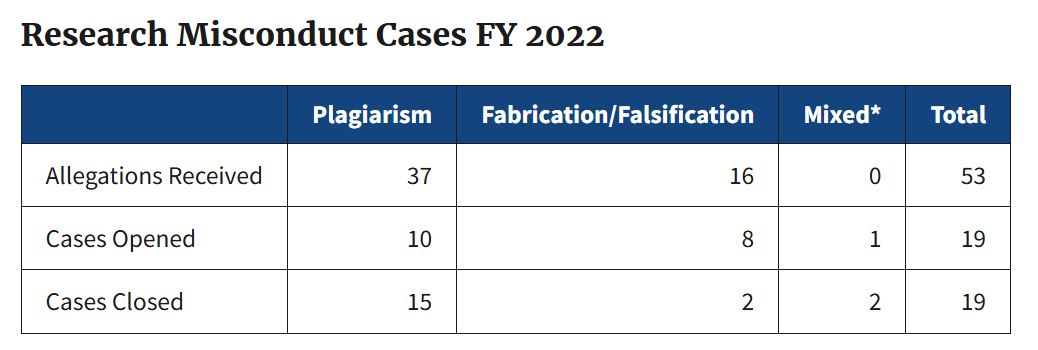
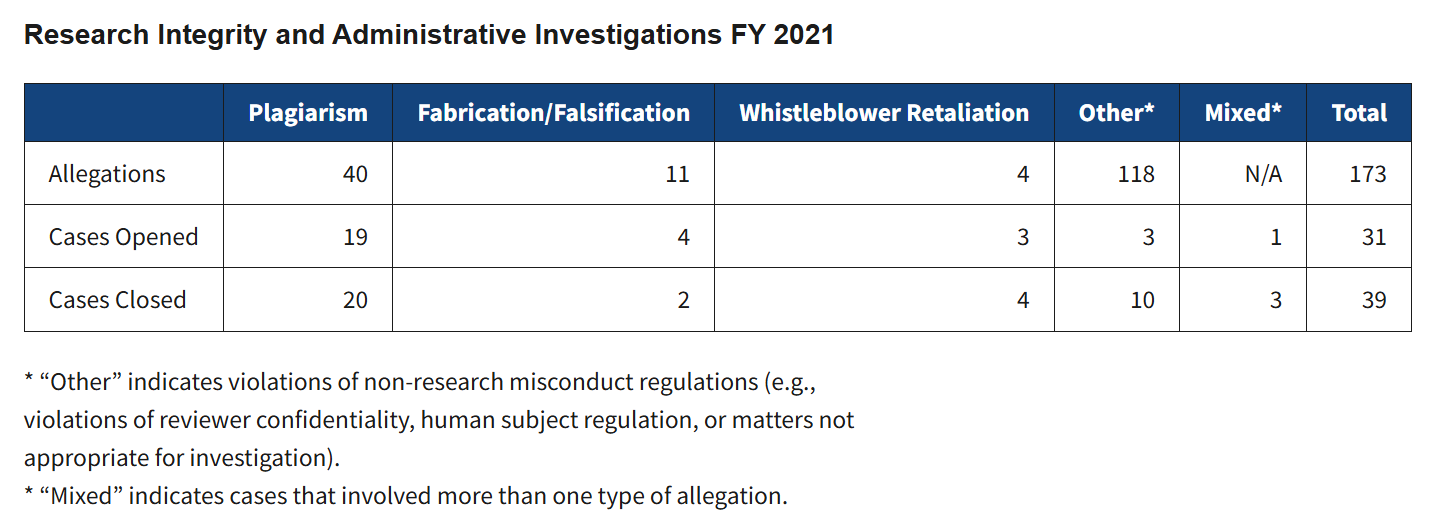
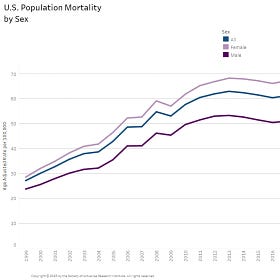




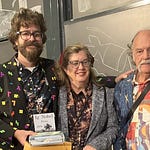



Research Fraud Follow-Up: What Happened to Fraudsters and How to Make It Less Common